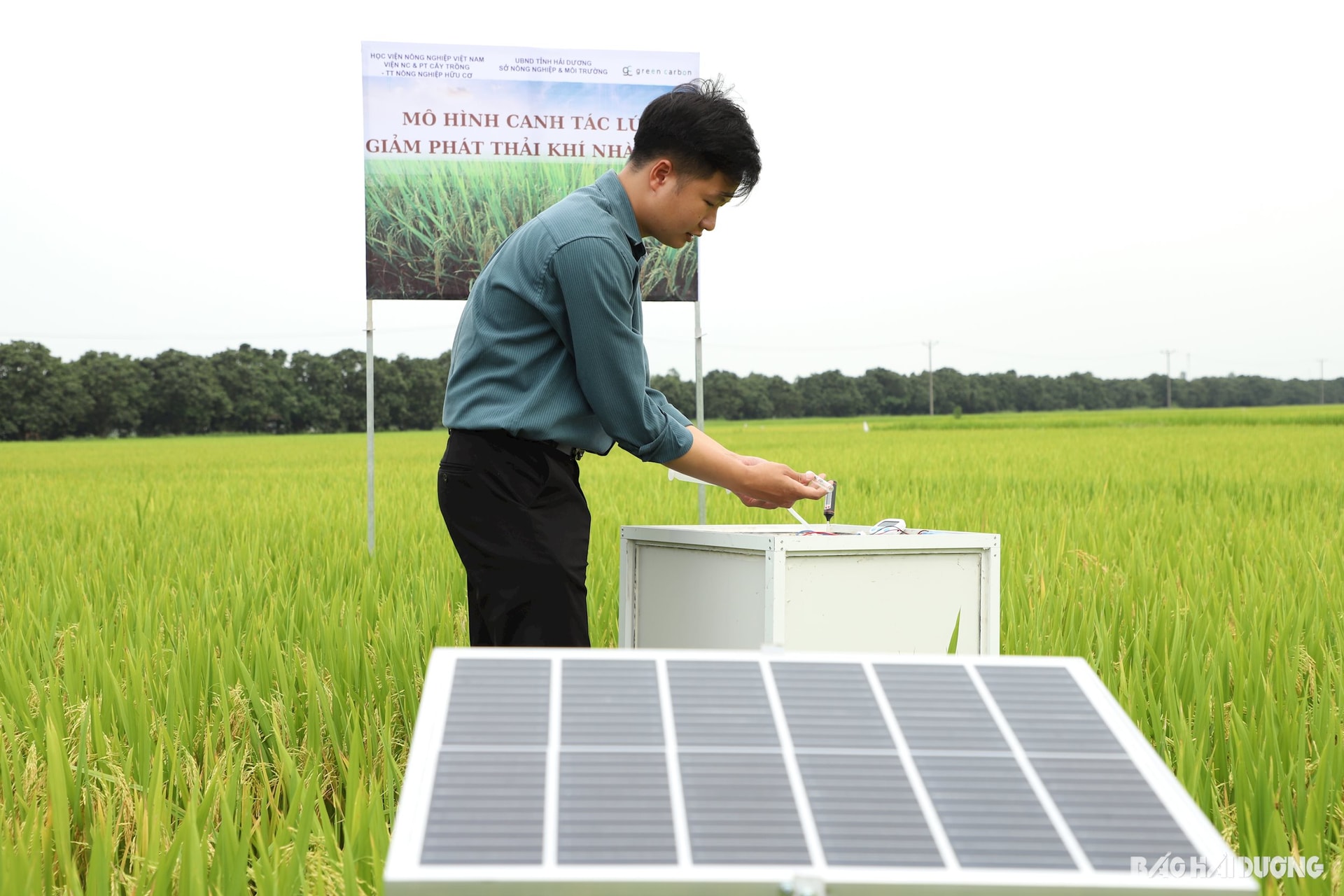
Ensure productivity, save costs
In the 2023-2024 winter-spring crop, the Department of Agriculture and Environment of Hai Duong, in coordination with the Vietnam Academy of Agriculture and Green Carbon Japan Vietnam Co., Ltd., for the first time, started implementing a pilot model of rice cultivation to reduce greenhouse gas emissions through irrigation water management on an area of 3 hectares in Tan Phong commune (Ninh Giang). In the 2024 winter-spring crop, the model will continue to be implemented in this commune with the same area scale.
In the 2024-2025 winter-spring crop, the above model will continue to be replicated in three communes: Tan Phong, Tan Quang (Ninh Giang) and Ngu Hung (Thanh Mien) with a total area of nearly 1,000 hectares.
Ms. Luong Thi Kiem, Deputy Director of the Department of Agriculture and Environment of Hai Duong, said that the rice cultivation technique to reduce greenhouse gas emissions by alternating wet and dry irrigation is not complicated and very easy to implement.
During the tillering period, farmers maintain a stable water level in the field from 1.5 to 2 cm. When the rice finishes tillering, drain all the water from the field to help the rice roots develop deeply, strengthen the plants, keep the field airy, and limit harmful pests and diseases.
When the rice is in the stage of heading to flowering, continue to supply water to the field to nourish the grains. After the rice has finished flowering, drain the water so that the rice ripens quickly, the field surface dries, and harvests easily.
"The results of the inspection and evaluation show that this winter-spring crop, the rice yield in the above models is estimated at about 7 tons/ha, higher than the average yield of the province by 2 - 2.5 tons/ha. More importantly, the alternating wet and dry irrigation technique in rice cultivation also brings many other values," said Ms. Kiem.

Mr. Pham Cong Dung in Xuan Tri village, Tan Quang commune, who participated in the model, shared: "Applying this technique, there were times when the rice fields were so dry that they cracked, so at first I was worried. But later I saw that the rice plants were strong, there were few pests, and the recent heavy rains did not cause the rice to fall, and the yield was still guaranteed, so we were very happy."
Studies estimate that rice cultivation consumes about 34 - 43% of irrigation water in agriculture, contributing up to 48% of greenhouse gas emissions and 75% of CH4 emissions in agriculture...
According to the assessment of the professional agency, the cultivation of greenhouse gas emissions reduction by the technique of alternating wet and dry irrigation helps significantly reduce the amount of water for rice care and irrigation costs for farmers, increasing the ability to produce tillers, leaf area, and accumulated dry matter. Rice cultivated by this technique also helps reduce pests and diseases, especially brown spot disease, thereby also reducing production investment costs for farmers.
In particular, the above farming method has significantly reduced emissions compared to traditional flooded rice farming (50.2%), equivalent to 7.6 tCO 2 e/ha (a unit of greenhouse gas measurement), creating carbon credits, contributing to the country's goal of sustainable rice farming and reducing greenhouse gas emissions.
Continue to expand
.jpg)
Dr. Vu Duy Hoang, Deputy Director of the Center for Organic Agriculture (Vietnam Academy of Agriculture) said that the alternating wet-dry irrigation technique applied to reduce greenhouse gas emissions has been deployed in Vietnam since 2003 in a number of provinces and cities.
Previously, the models were mainly aimed at saving water and increasing productivity. In recent years, as the world has paid more attention to climate change, reducing emissions and creating carbon credits, rice production using this technique has been applied more widely.
Vietnam Academy of Agriculture has researched and developed a complete technical process of alternating wet and dry irrigation and deployed it in many provinces and cities, including Hai Duong and Hai Phong...
Managers assess that Hai Duong currently has a lot of potential to replicate the above model when the annual rice cultivation area is always maintained at about 53,000 hectares, the land is flat, the soil quality is good, the irrigation system is quite synchronous, favorable for cultivation...
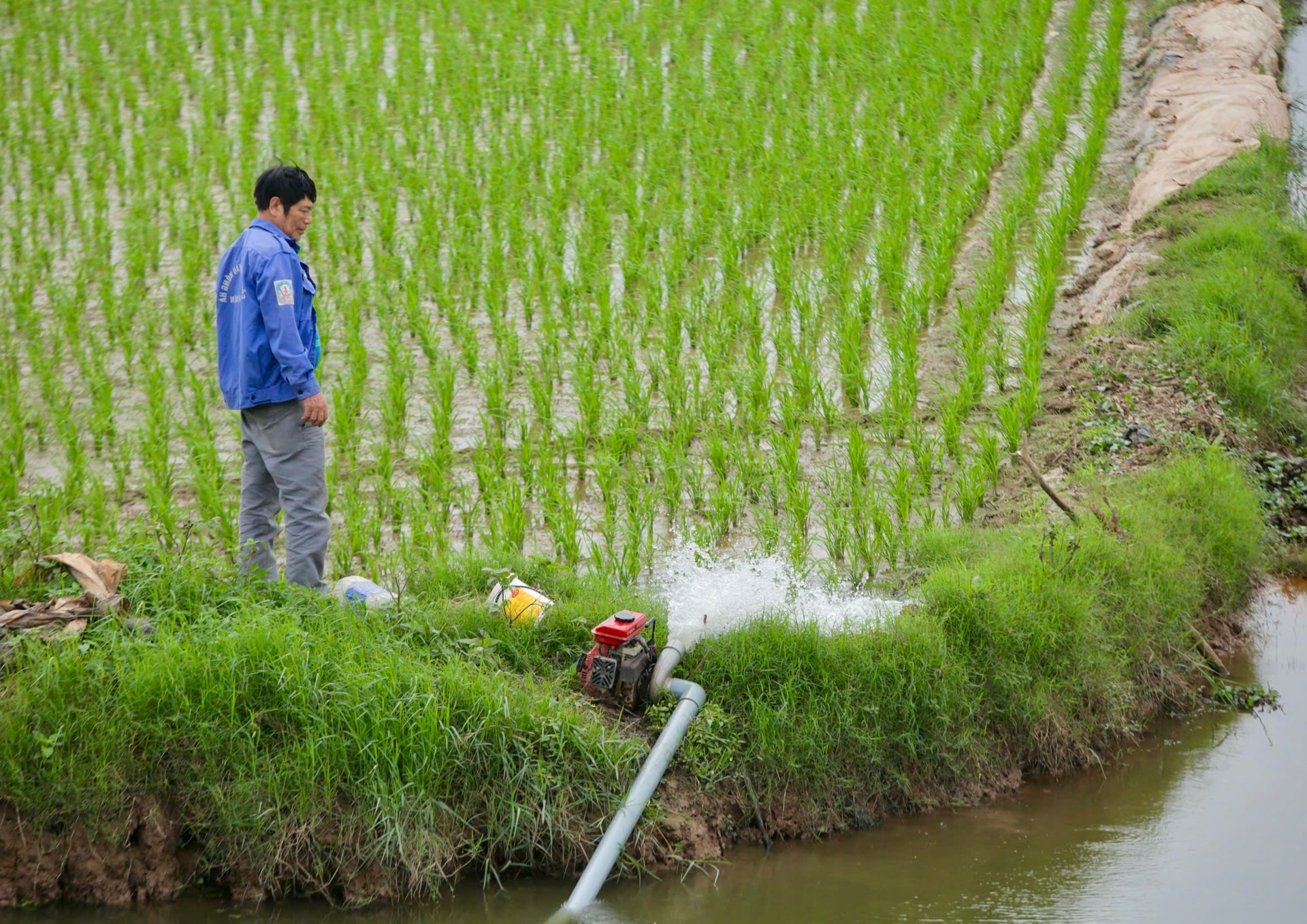
Hai Phong currently has about 41,000 hectares of rice cultivation. In a short time, when Hai Duong province and Hai Phong city merge, the total rice cultivation area will be even larger. If the alternating wet and dry irrigation technique is applied synchronously, it will contribute to reducing a large amount of CH4 emissions, thereby converting them into carbon credits and being able to participate in the carbon credit market mechanism, increasing farmers' income.
According to Ms. Kiem, to sell carbon credits from rice production, it is necessary to maintain cultivation of 10,000 hectares or more using alternating wet and dry irrigation techniques. The province's goal is to continue to replicate the above models in many other localities in the next rice crops. This is not too difficult because the technique is easy to implement. However, to replicate the model, it is necessary to change the mindset and farming habits of farmers.
Dr. Vu Duy Hoang said that to replicate the model, Agricultural Service Cooperatives need to continue to promote it so that farmers understand and agree to participate. During the implementation process, the Organic Agriculture Center is ready to coordinate to "hold hands and show" farmers. After just one crop, people will grasp the technique and gradually form new farming habits.
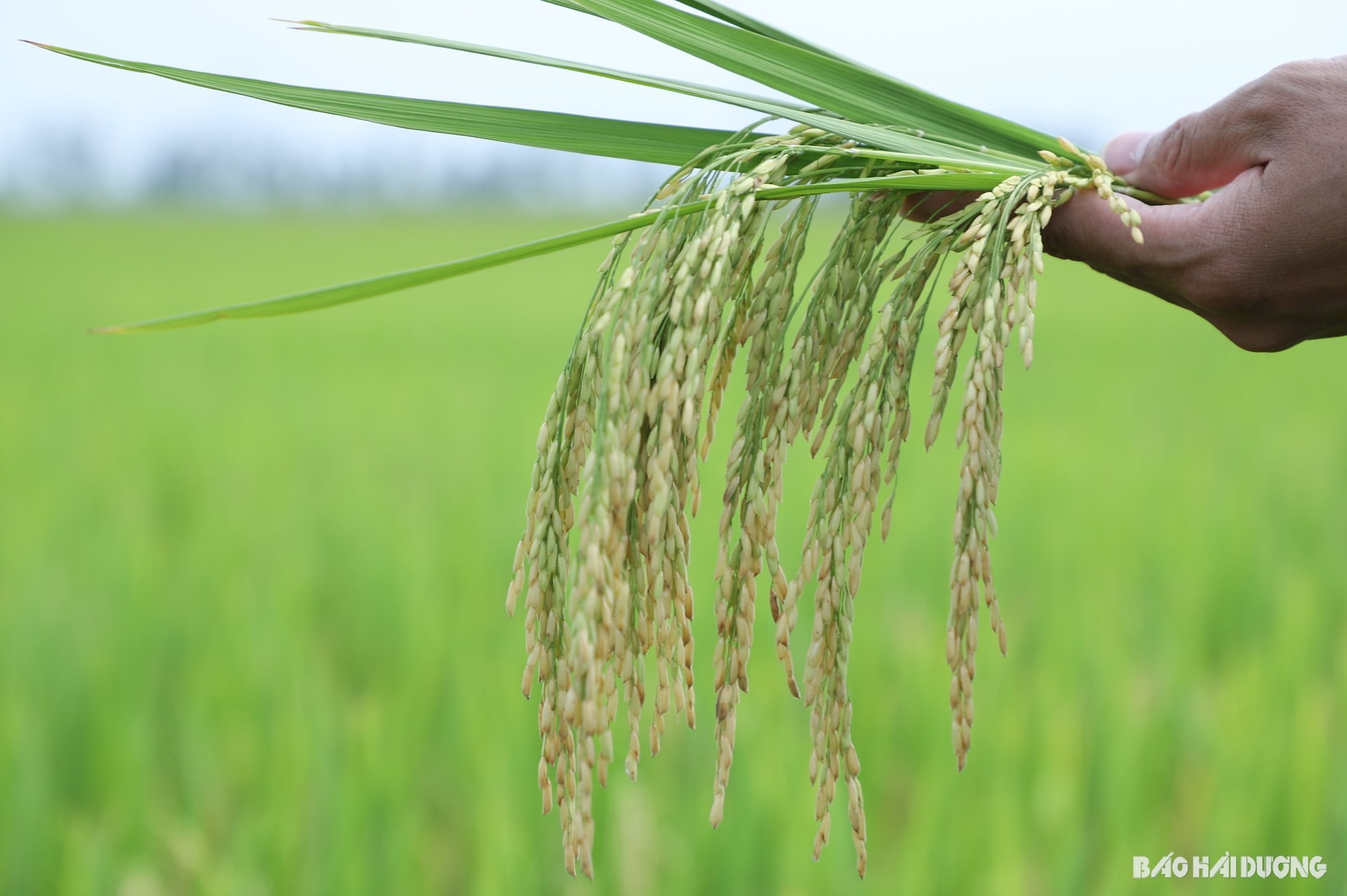
On January 24, 2025, the Prime Minister signed Decision No. 232/QD-TTg approving the Project on Establishment and Development of Carbon Market in Vietnam. Together with related policies that are about to be implemented, the technique of alternating wet and dry irrigation in rice cultivation can be widely replicated.
PROGRESSSource: https://baohaiduong.vn/tuoi-lua-kieu-moi-nhieu-gia-tri-de-nhan-rong-414862.html





![[Photo] Dan Mountain Ginseng, a precious gift from nature to Kinh Bac land](/_next/image?url=https%3A%2F%2Fvphoto.vietnam.vn%2Fthumb%2F1200x675%2Fvietnam%2Fresource%2FIMAGE%2F2025%2F11%2F30%2F1764493588163_ndo_br_anh-longform-jpg.webp&w=3840&q=75)


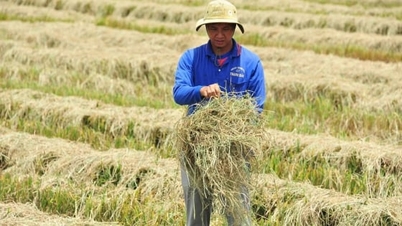

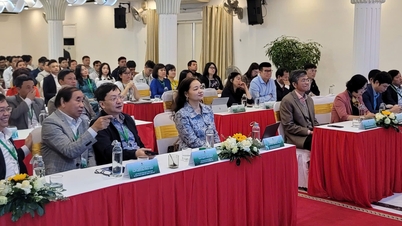

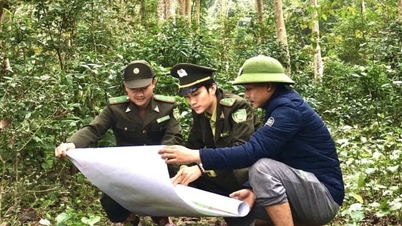
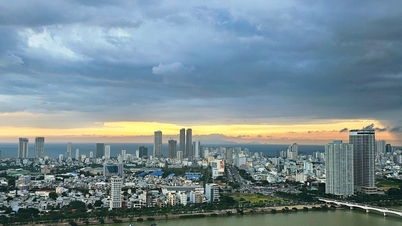

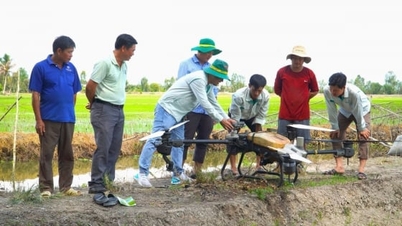
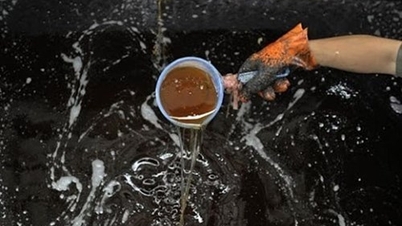



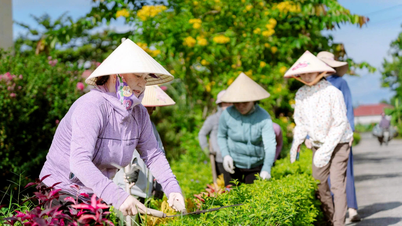

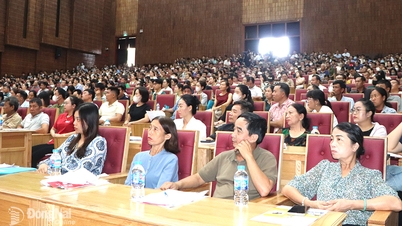

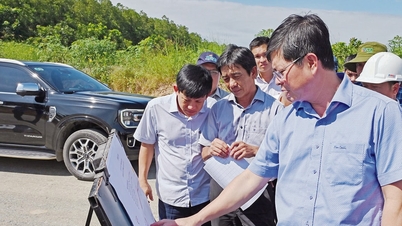

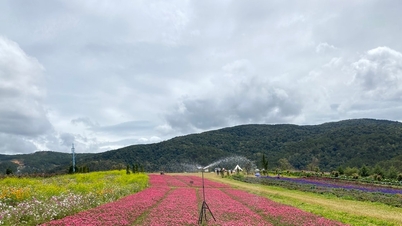


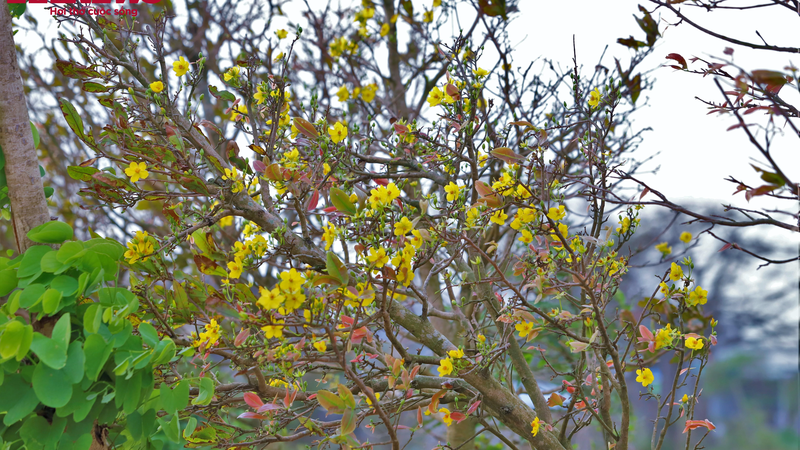

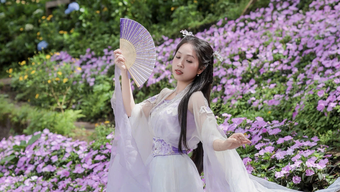

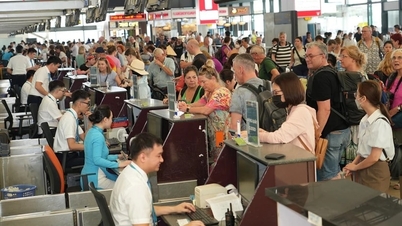

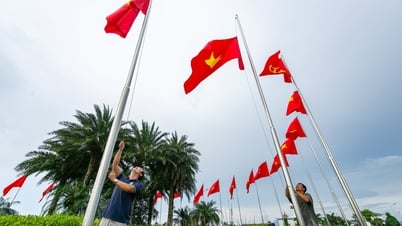

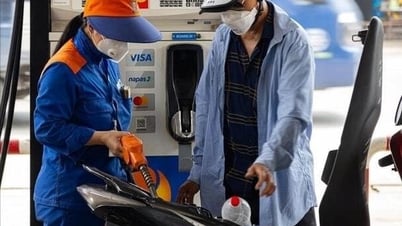
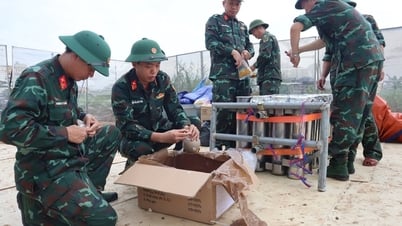

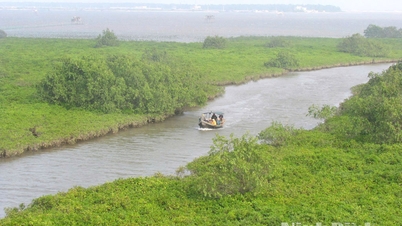

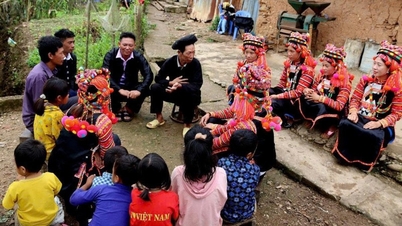

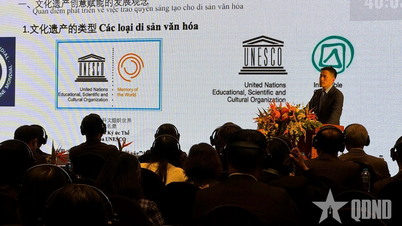

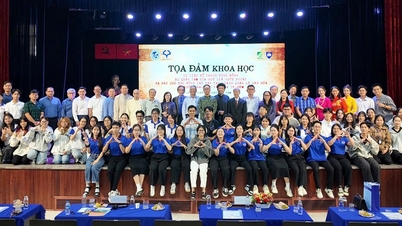

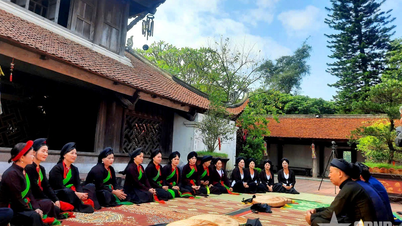




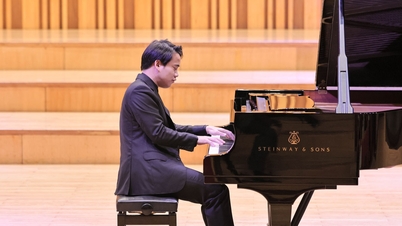




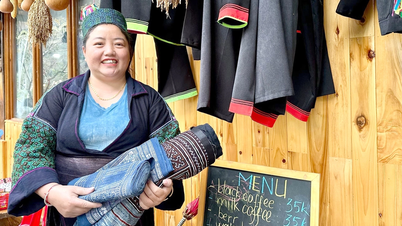

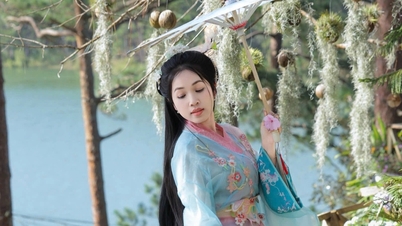
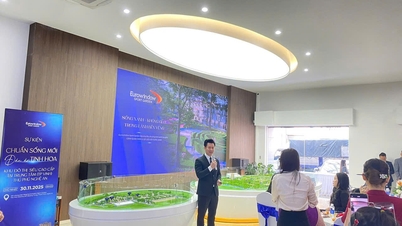


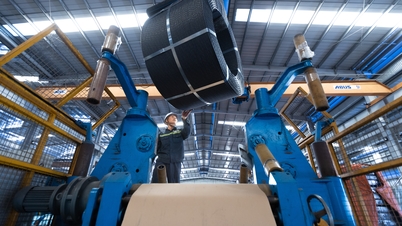






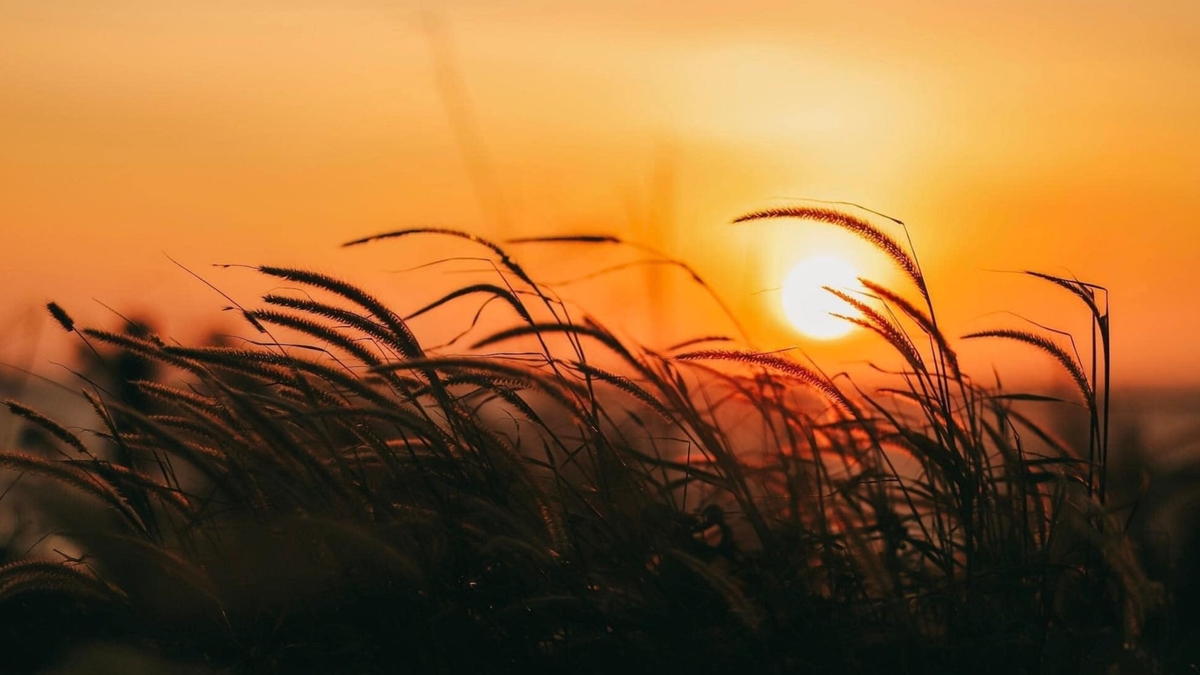
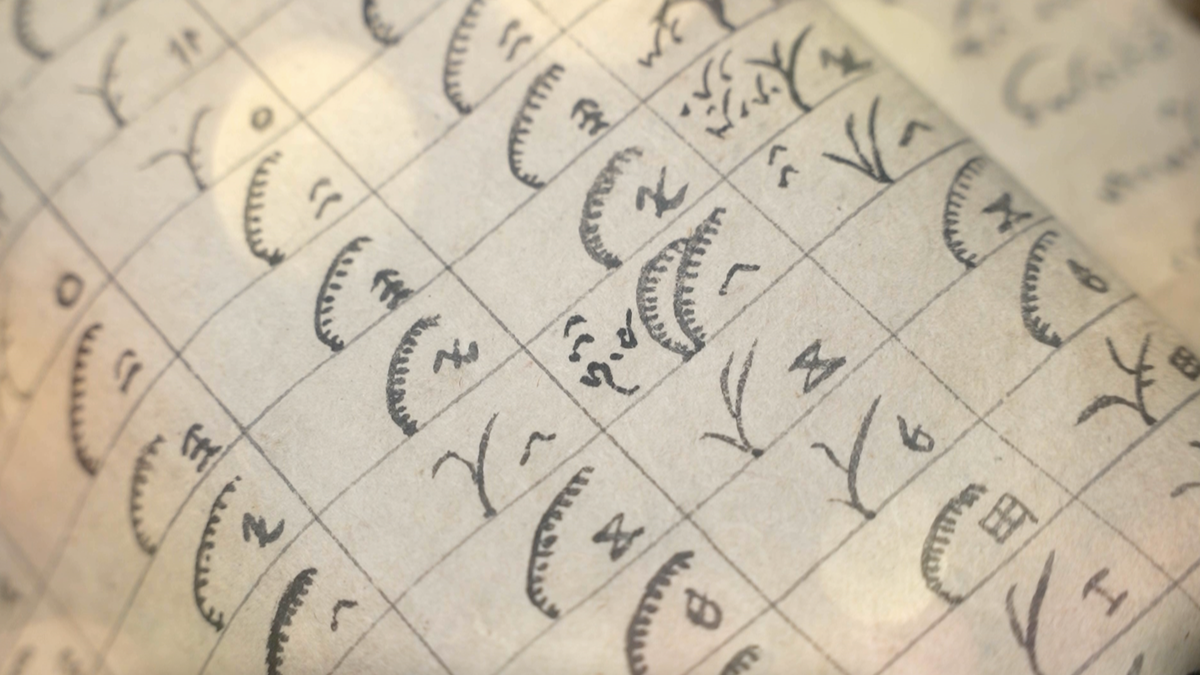
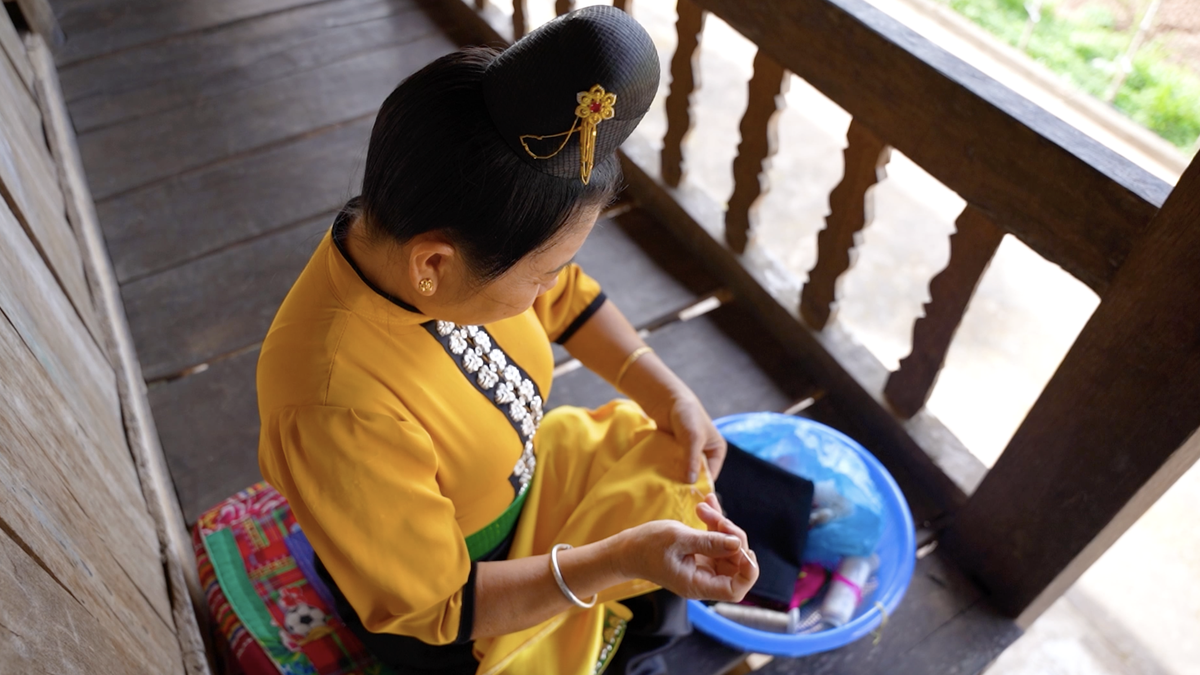
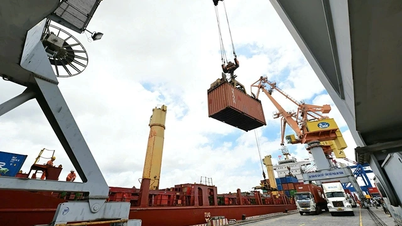

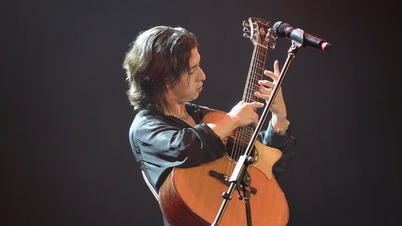
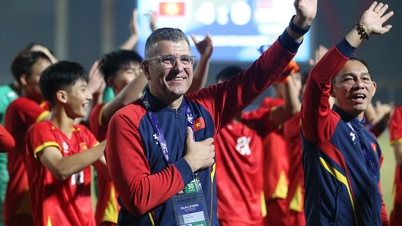
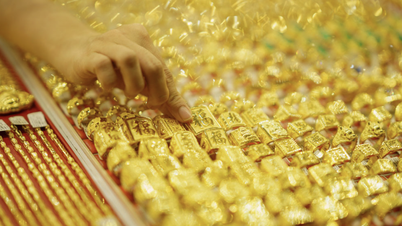






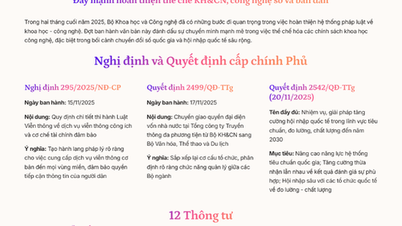

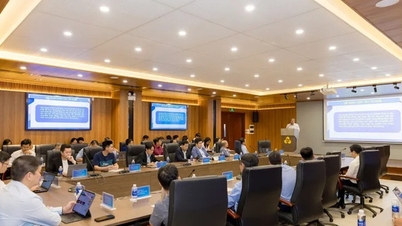

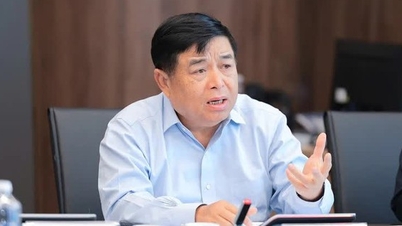

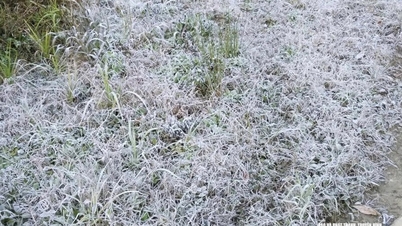
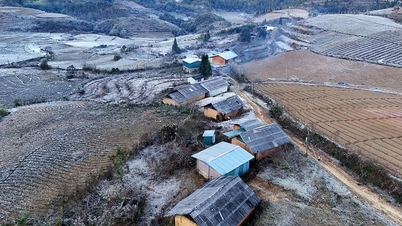

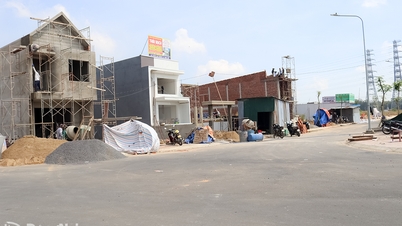






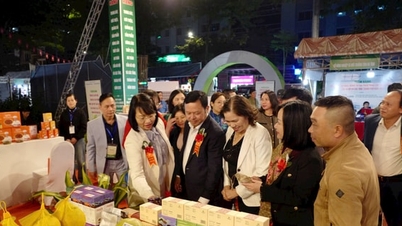
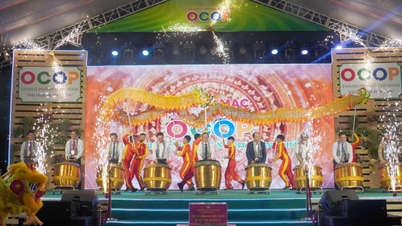


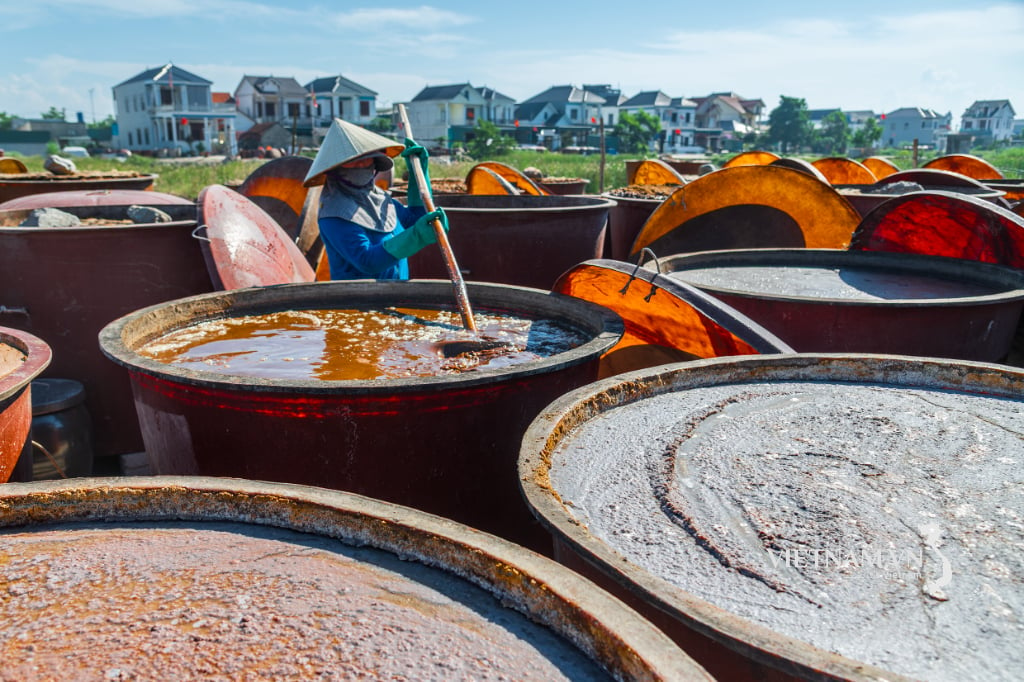


Comment (0)